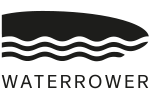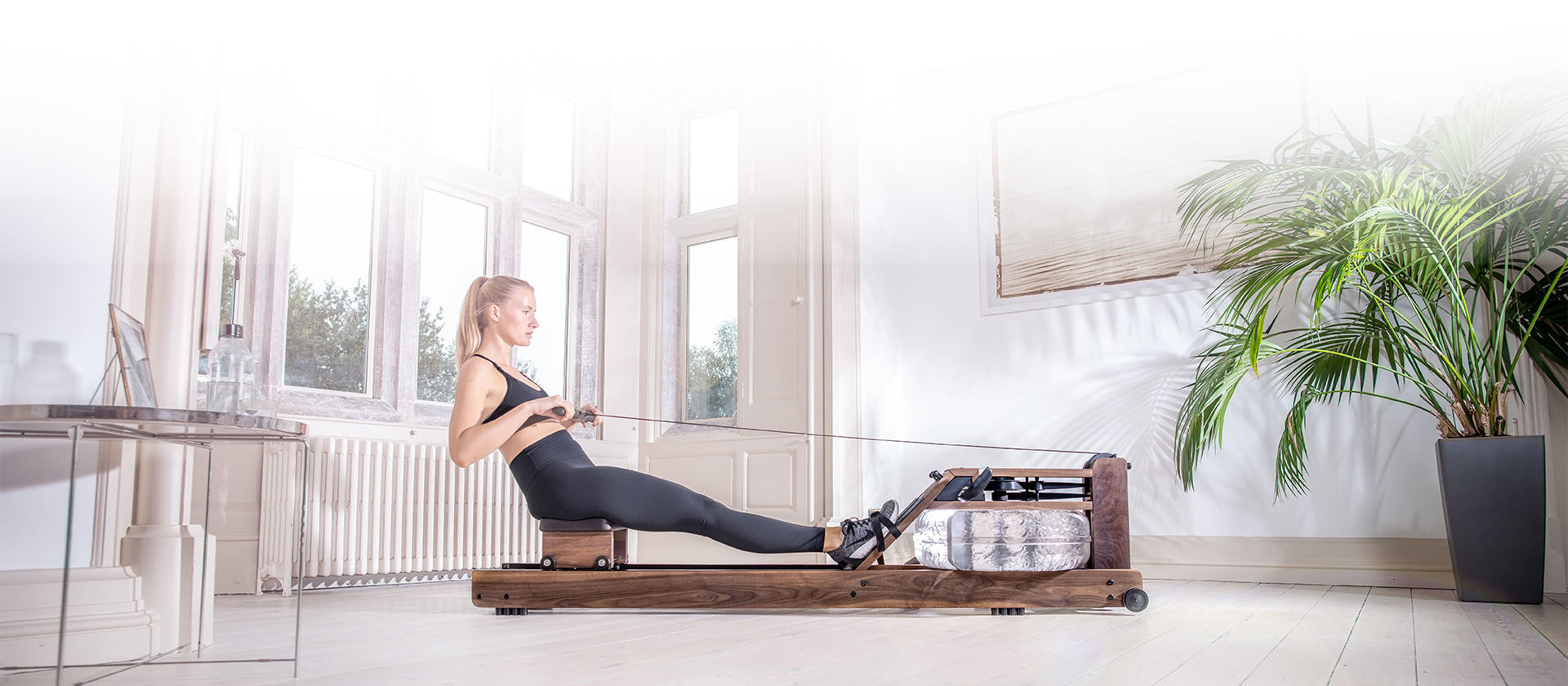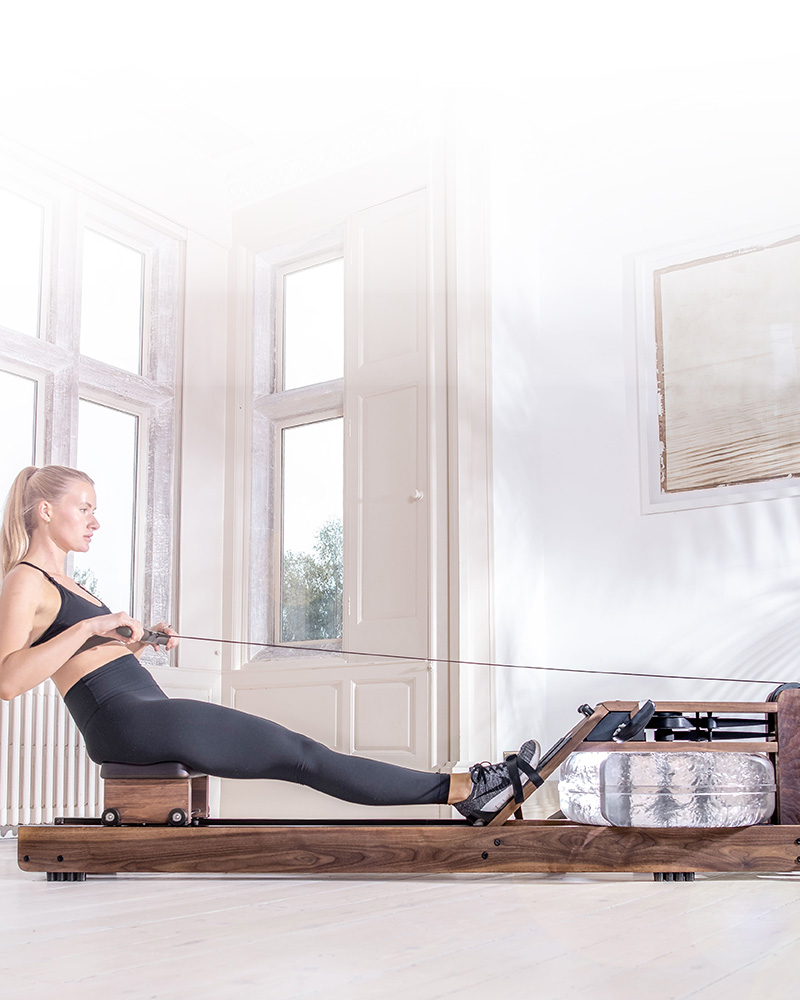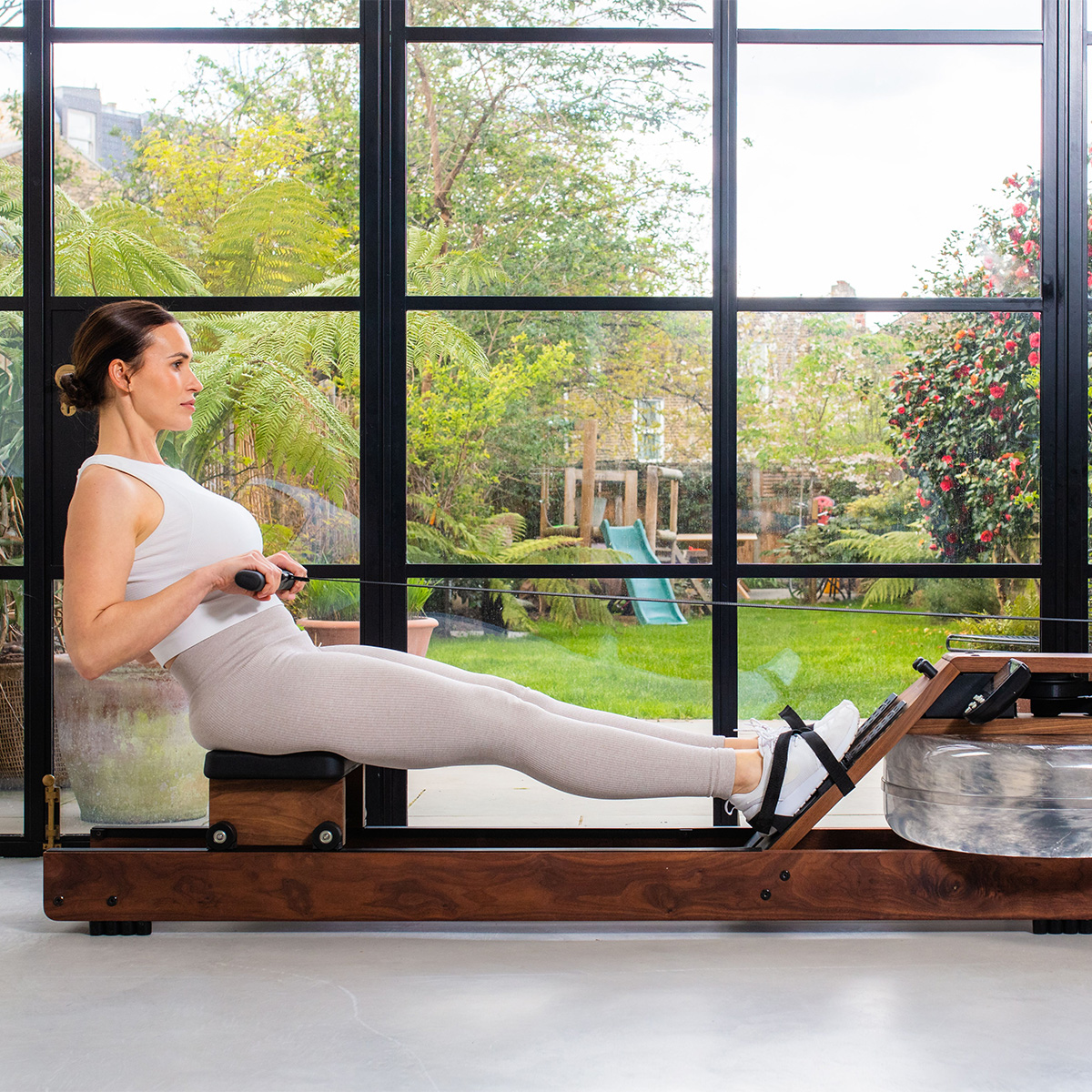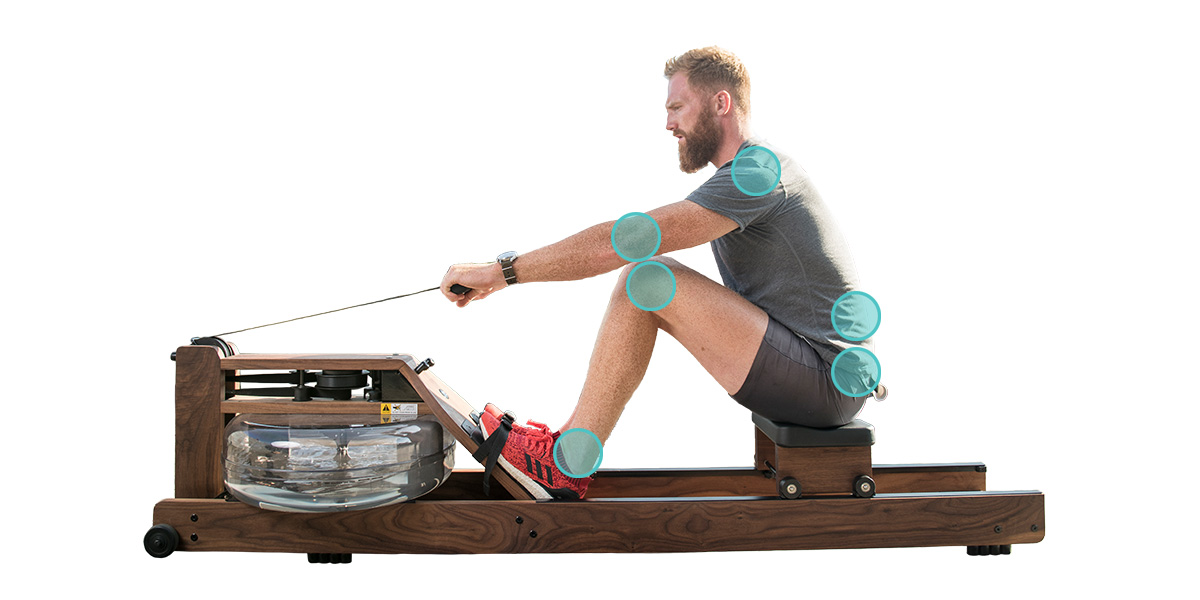WaterRower - Rowing Training
The WaterRower stands out as an exceptional choice for enhancing overall fitness. Unlike other cardiovascular machines, rowing engages all major muscle groups (84% of total muscle mass) in a single stroke, providing a comprehensive workout targeting strength and endurance. This full-body exercise not only improves cardiovascular health but also helps build strength and increase stamina.
KEY FEATURES OF THE WATERROWER
Low Maintenance, Quiet, Durable, Stylish

WHAT OUR CUSTOMERS SAY
TRUSTED FOR OVER 35 YEARS
BENEFITS OF WATER RESISTANCE
LOW-IMPACT, HIGH REWARD
The WaterRower's smooth and consistent resistance reduces strain on the back and joints compared to traditional rowing machines. This low-impact design allows users to enjoy an effective workout without the risk of discomfort or injury, making it an ideal option for those seeking a safer alternative to high-impact exercises.
MORE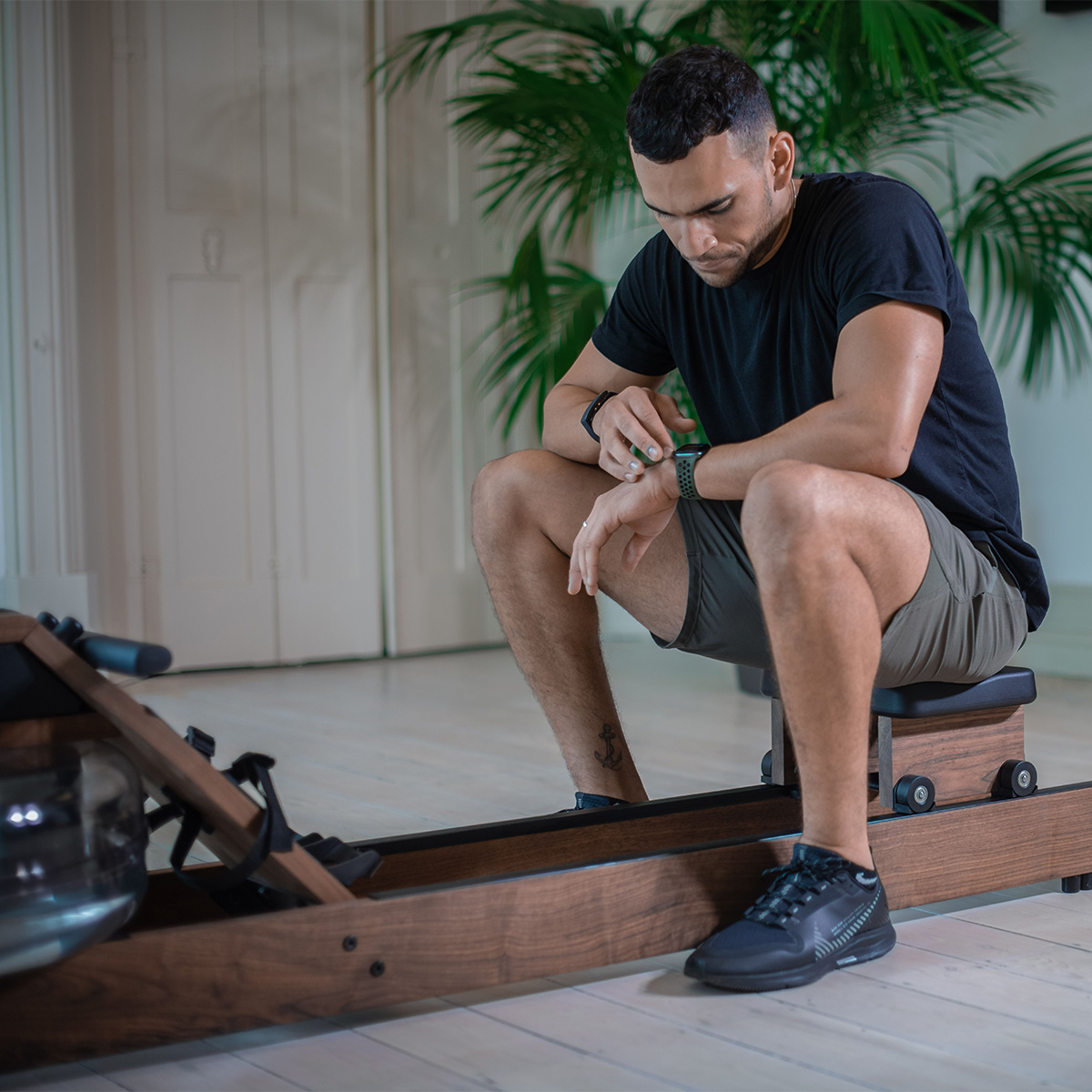
OVERALL HEALTH & WELLBEING
BURN CALORIES
Indoor rowing is one of the most efficient exercises for caloric expenditure. At peak intensity, rowing can burn over 1,000 calories per hour, making it a highly effective and time-efficient way to maximise energy expenditure while working toward fitness goals. It offers exceptional results in a short amount of time, ideal for those with busy schedules.
MOREFULL BODY ENGAGEMENT
STRENGTH & CARDIOVASCULAR HEALTH
Combining resistance and aerobic exercise, indoor rowing is perfect for building muscular strength and cardiovascular fitness. Each stroke engages the lower body, upper body, and core. This dual-action exercise challenges the heart, lungs, and muscles, enhancing circulation, oxygen utilisation, and muscle tone for long-term health benefits.
MORE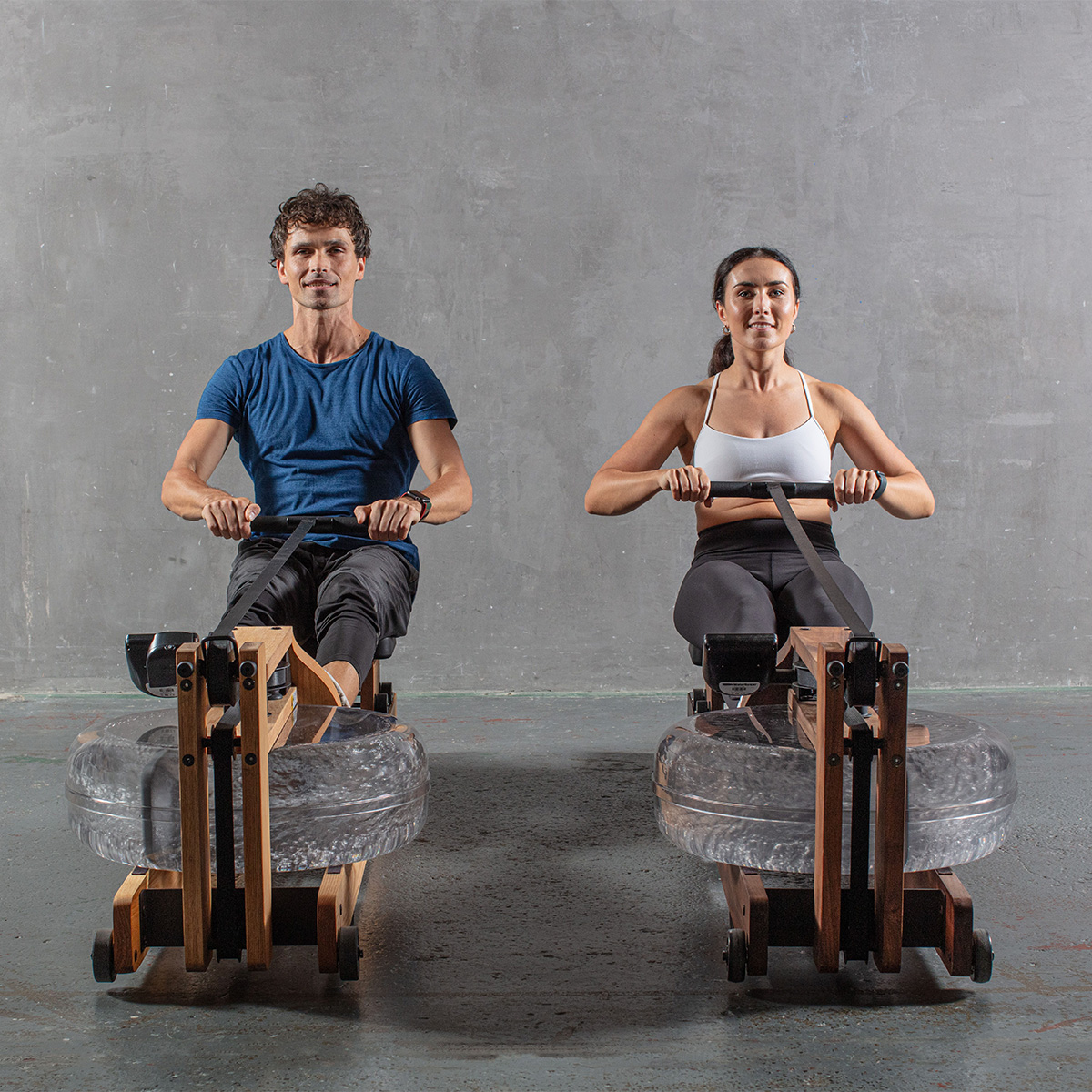
FOR ANY AGE OR LEVEL
DESIGNED FOR EVERYONE
The WaterRower is designed to accommodate all fitness levels and ages. Its low-impact nature ensures users can exercise at various intensities without straining their joints or lower back. The resistance automatically adjusts based on the rower’s effort, providing complete control over the workout’s intensity and allowing for gradual progression.
MORE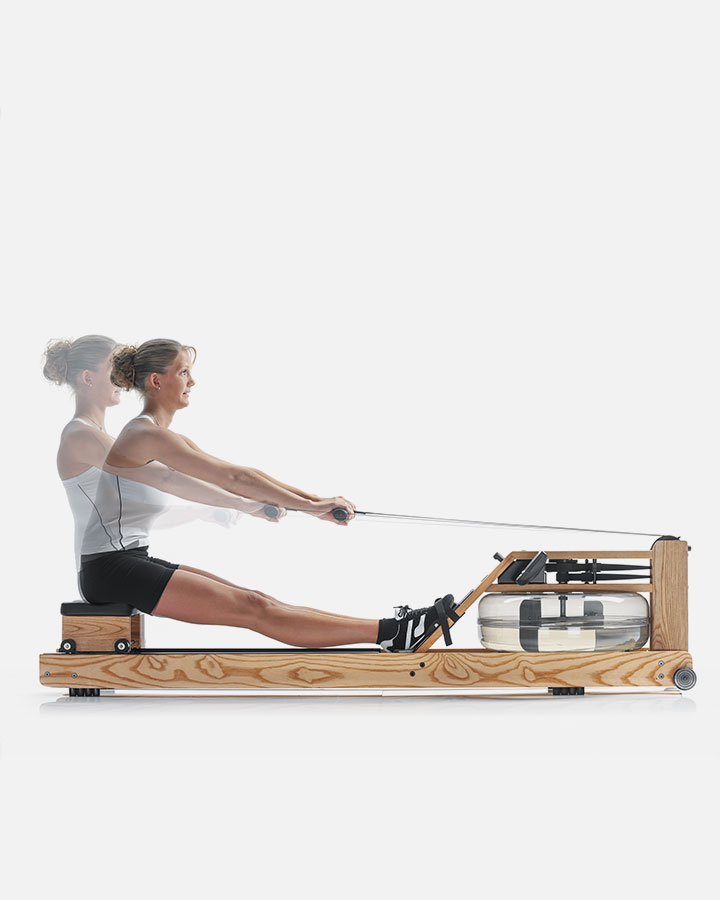
Position 1
RELEASE
After the „finish“, the rower releases the handle and fully extends the arms. Upper body remains slightly forward-leaning, and legs begin to bend, moving the seat back to the starting position.
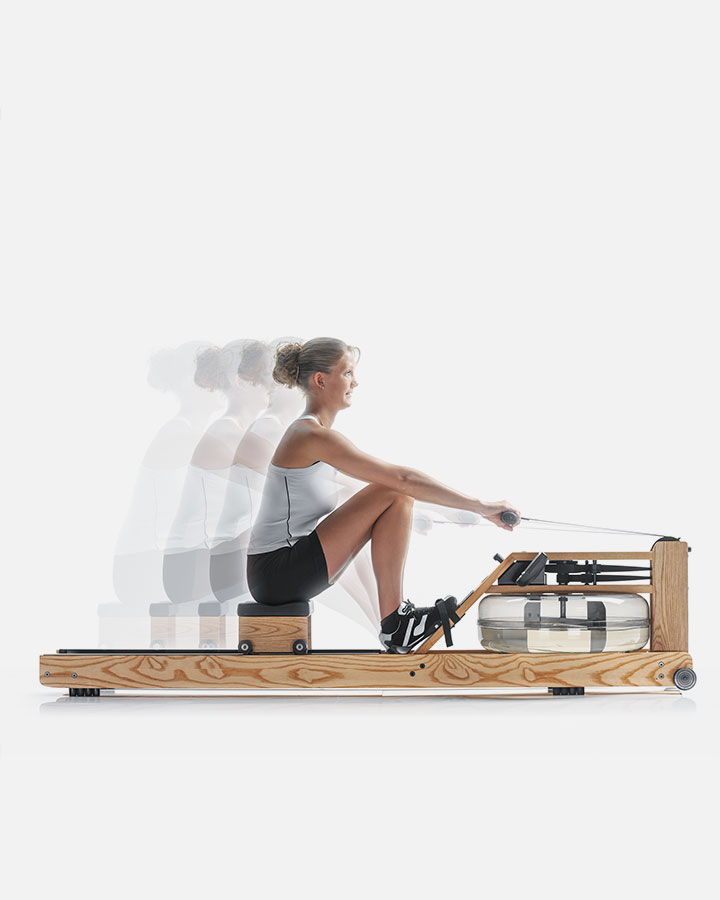
Position 2
RECOVERY
During this phase, the rower returns to the starting position. Upper body remains slightly forward-leaning, legs are bent, and the seat moves forward. Hands approach the chest, preparing for the next “catch”.
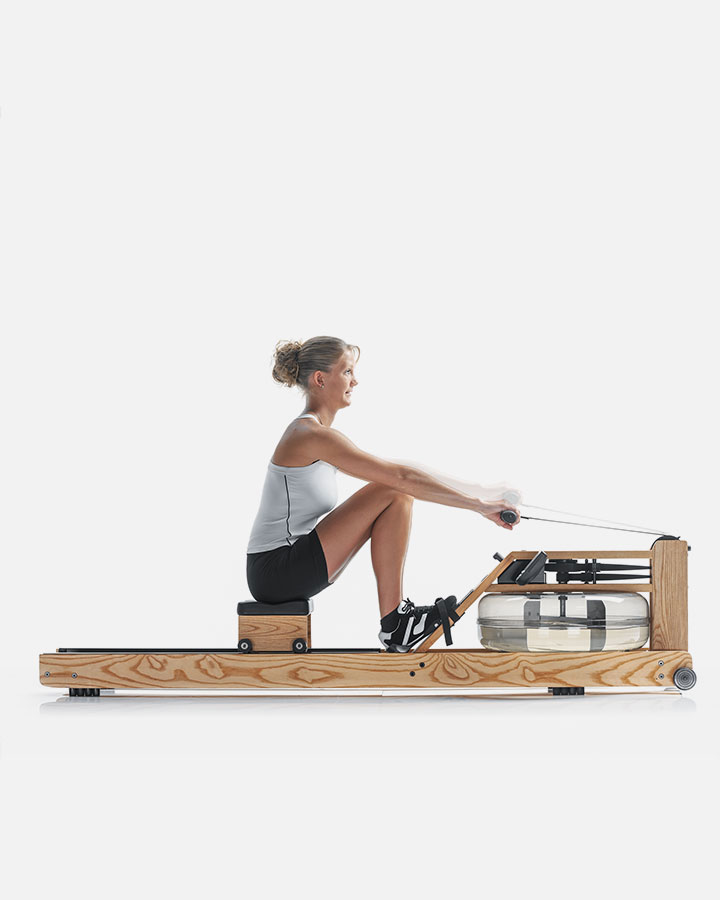
Position 3
CATCH-PREP
The rower prepares for the Catch. Legs remain bent, upper body is slightly forward-leaning, and the hands move closer to the chest, ready to grip the handle.
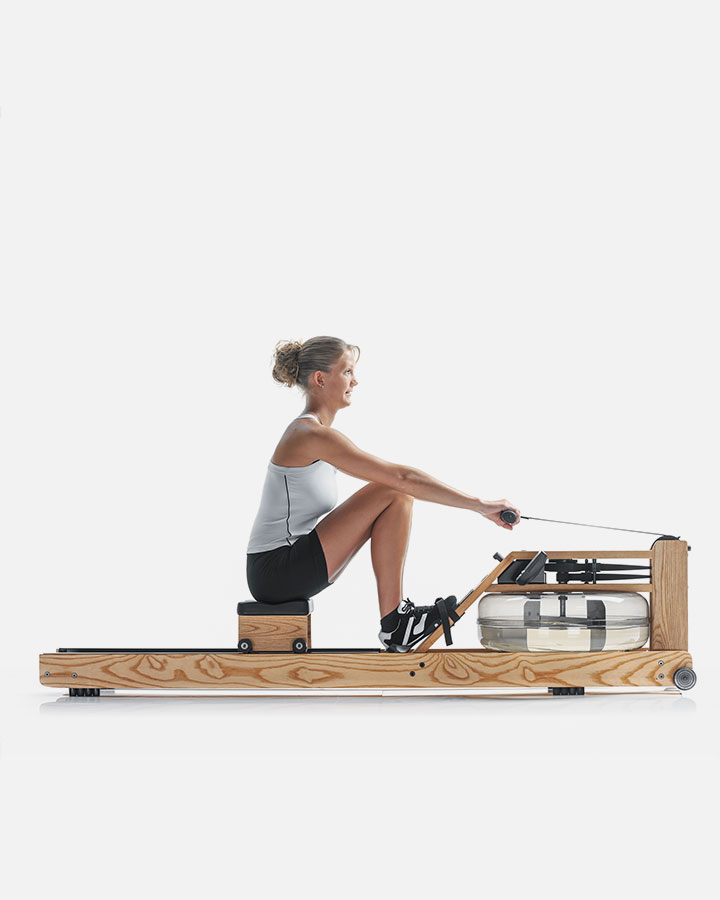
Position 4
CATCH
This is the starting position of the rowing stroke, with the rower at the front of the machine. Legs are bent, upper body is upright, and hands hold the handle at chest height.
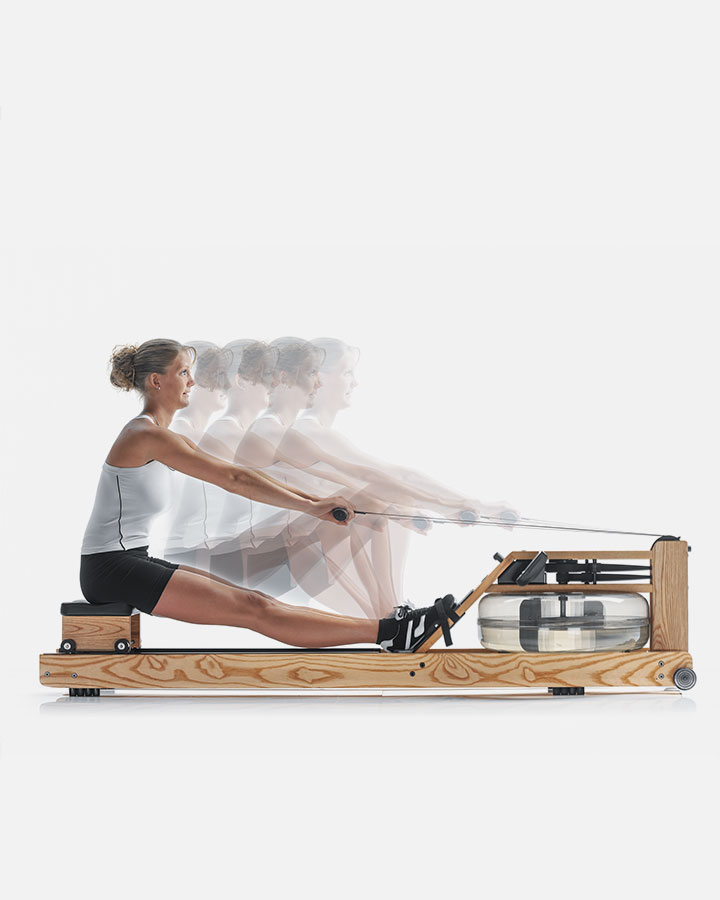
Position 5
DRIVE
In this phase, the rower generates power by pushing off with the legs against the resistance, driving the seat backward. Hands remain stationary- initially- while the leg and core muscles work together to drive the body backward.
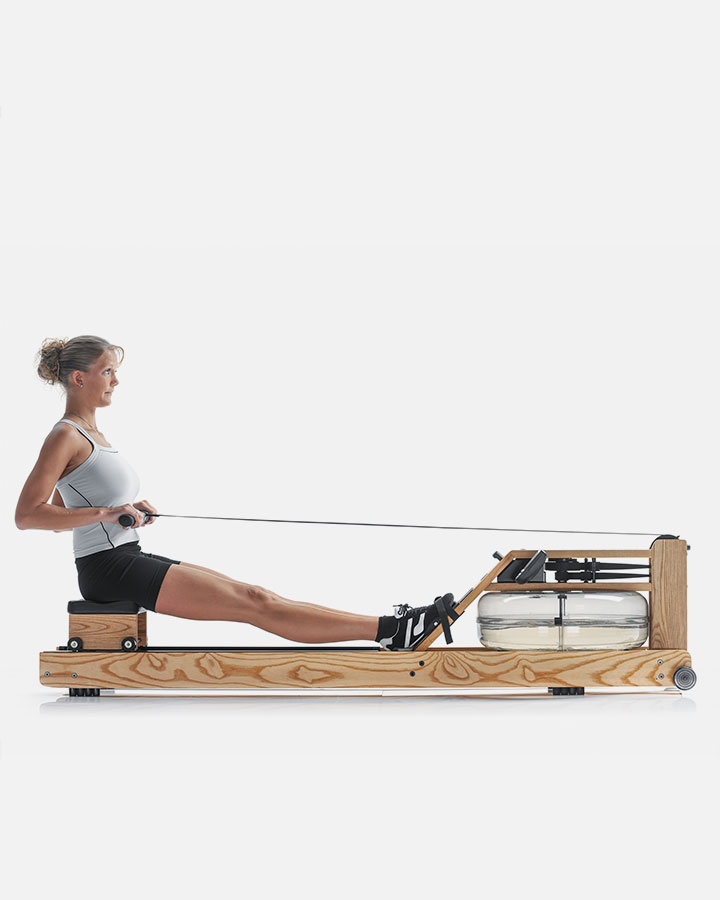
Position 6
FINISH
Here, legs are fully extended, upper body leans slightly backward, and hands pull the handle towards the upper abdomen or lower chest, creating a strong connection. This phase emphasizes the culmination of power and completion of the rowing stroke.
MUSCLES USED
Synchronise Your Movements
The WaterRower’s smooth, water-based resistance mimics the natural dynamics of rowing, ensuring a low-impact workout that reduces strain on joints. Its ergonomic design promotes proper posture and even distribution of effort, minimising stress on the lower back.
- · Ergonomically designed.
- · Reduced impact on the lower back.
- · Kind to joints, including knees and ankles.
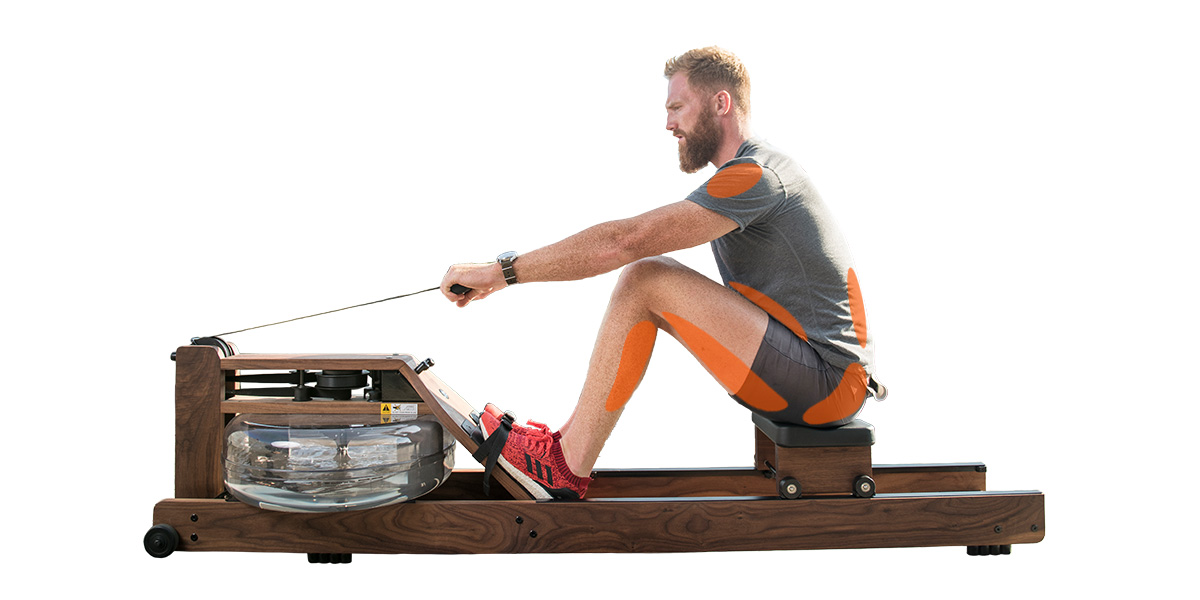
Rowing training truly hits the bullseye of exercise options by offering a comprehensive, efficient, and enjoyable workout experience. It’s a winning combination of full-body engagement, cardiovascular fitness, low-impact benefits, versatility, and mental well-being.
Rowing is a compound movement that uses every large muscle group:
- · Legs - Quadriceps, Hamstrings, Glutes – Power the push-off during the drive phase.
- · Core - Abdominals, Obliques, Lower Back – Stabilise the body and transfer power from legs to arms.
- · Upper Body - Back, Shoulders, Arms – Engage to pull the handle and maintain posture.

